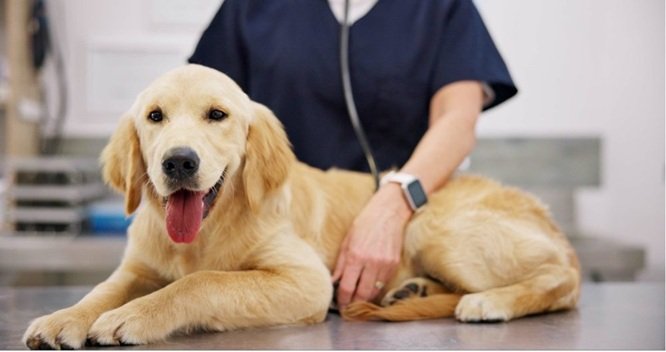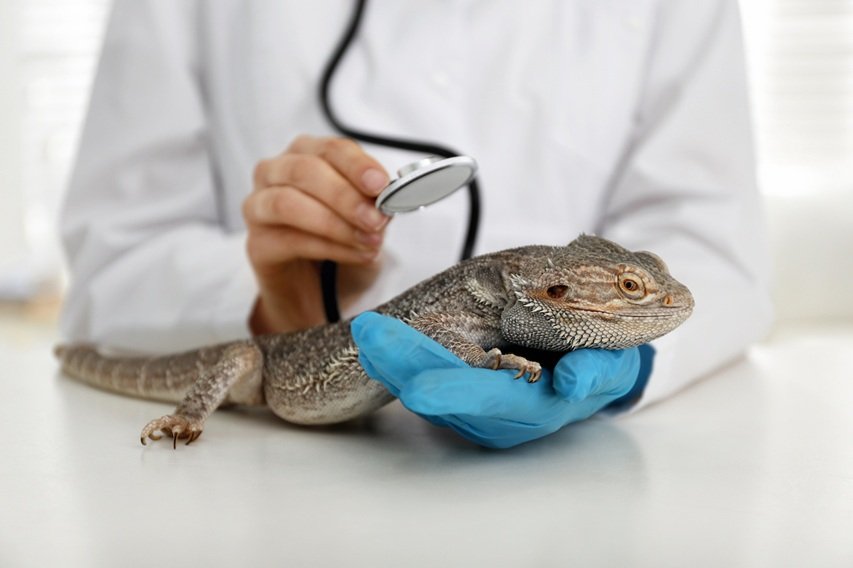Visiting the animal clinic can be stressful for your pet. Luckily, animal clinics understand and work hard to ease pet anxiety during visits. They use simple strategies to calm and comfort your furry friend. You might be wondering how they achieve this. First, they create a welcoming environment. Calming scents and soft music help soothe pets as they enter. Second, many clinics, like the Madison veterinarian, use low-stress handling techniques. This approach ensures pets feel safe during check-ups. Third, clinics educate owners on signs of anxiety. Recognizing these signs helps you prepare and support your pet. By focusing on these areas, animal clinics show their commitment to reducing stress. Their compassionate and thoughtful methods bring peace to both pets and their owners. You can feel confident knowing that the Madison veterinarian and others put your pet’s well-being first. Together, they create a positive veterinary experience.
Creating a Calming Environment
Animal clinics pay attention to the physical setting. Comfortable waiting areas with pet-friendly furniture minimize stress. Clinics often use diffusers with calming pheromones. These help reduce anxiety in cats and dogs. Soft, soothing music in the background creates a relaxed atmosphere. This thoughtful approach begins the visit on a positive note.
Low-Stress Handling Techniques
Effective handling methods are vital during exams. Clinics train staff to use gentle restraint and supportive holds. This practice makes pets feel secure. By respecting personal space, pets remain more relaxed. Some clinics offer treats as distractions. This keeps pets engaged and reduces fear.
Owner Education and Involvement
Informed owners play a crucial role. Clinics provide guidance on spotting anxiety signals in pets. Common signs include trembling, panting, or refusing treats. Knowing what to expect helps you prepare. Animal clinics encourage owners to bring familiar items. A favorite toy or blanket can comfort a stressed pet.
Use of Anxiety-Reducing Medications
For some pets, medication may be the best option. Clinics work with you to decide if this is right for your pet. They prescribe medication that is safe and effective. This can make a significant difference in your pet’s comfort. Always follow your veterinarian’s instructions carefully.
Common Strategies Used by Animal Clinics
| Strategy | Description | Effectiveness |
|---|---|---|
| Calming Environment | Use of scents, music, and pet-friendly spaces | High |
| Low-Stress Handling | Gentle restraint and supportive holds | Medium |
| Owner Education | Teaching owners to recognize anxiety signs | High |
| Anxiety-Reducing Medications | Prescribed by veterinarians for severe cases | High |
Benefits of Regular Vet Visits
Routine care is critical for a pet’s overall health. Regular vet visits help identify issues early. Addressing health concerns promptly leads to better outcomes. Clinics work closely with owners to ensure pets receive the necessary care. Preventive care extends the life and quality of life for your pet. You can find more information from the American Veterinary Medical Association.
Conclusion
Animal clinics strive to make vet visits as pleasant as possible. They use a variety of methods to help your pet feel safe and relaxed. From creating a calming environment to using low-stress handling, each step is vital. Owner education and involvement further enhance these efforts. With thoughtful care and communication, clinics address pet anxiety effectively. Together, you and your veterinarian can ensure your pet’s visits are stress-free and beneficial.



